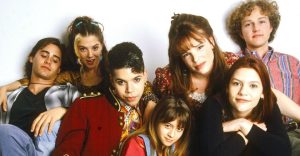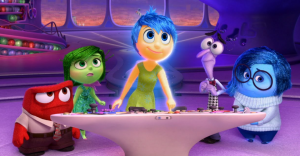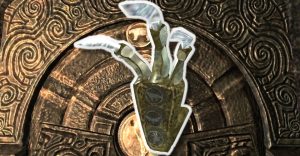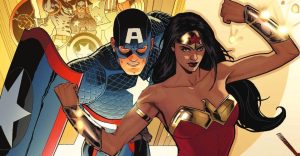The Batman Secretly Remade The Long Halloween In 3 Ways
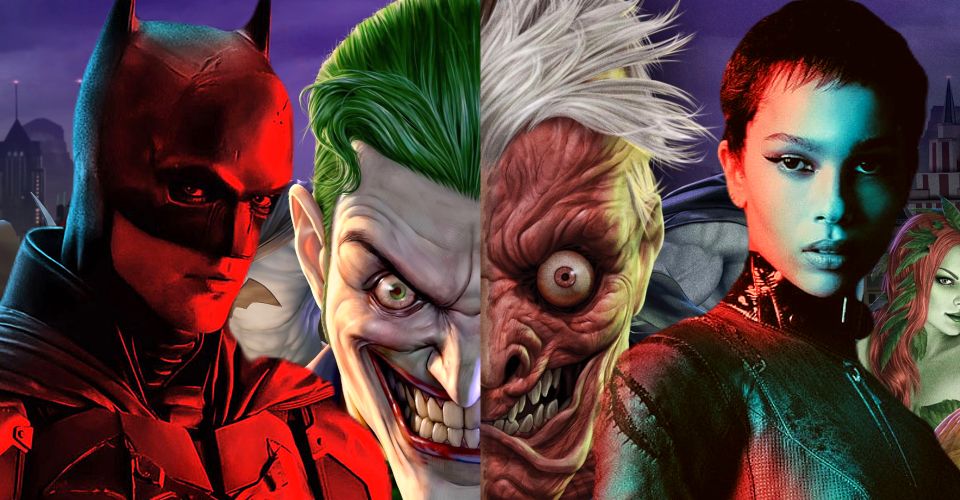
Warning: SPOILERS for The Batman and Batman: The Long Halloween.
The Batman shares more than a few similarities with the iconic comic book Batman: The Long Halloween and its animated movie adaptation. From its portrayal of characters like Catwoman and Carmine Falcone to its noir style and gloomy tone, Matt Reeves’ movie owes a lot to The Long Halloween. Like Christopher Nolan’s The Dark Knight before it, The Batman picks and chooses elements from the comic book to fit its own world, resulting in a film that resembles the comic, but is still very much its own movie.
Batman: The Long Halloween sees the Caped Crusader team up with Commissioner Jim Gordon and Harvey Dent to take down the mobs of Gotham led by Sal Maroni and Carmine Falcone. At the same time, the trio is forced to deal with the Holiday Killer, an enigmatic villain who kills high-ranking members of the mob using a gun with a baby bottle cap as a makeshift silencer. Along the way, Batman is aided by Catwoman, who (in the film version), admits that Falcone is actually her father, hence her interest in the case. The Riddler also makes a brief appearance in the comic book only, as Carmine hires him to figure out who the Holiday Killer is. However, the movie ends with an all-out war on the streets, with Batman and Catwoman going toe-to-toe with the likes of Poison Ivy, Solomon Grundy, and the Scarecrow. In The Batman, Dent isn’t present, and a major bust has already taken down Sal Maroni. Gordon and Batman instead team up to take down Riddler, who is murdering corrupt Gotham officials with connections to Falcone, who essentially runs the city from the shadows.
Many Batman movies have been influenced by the comic books, but along with Batman: The Killing Joke, The Long Halloween has been one of the cinematic Batman’s primary influences. The Batman is no exception, and its similarities to the book can be broken down into three categories: tone, characters, and narrative structure. More than any film before it, even The Dark Knight, The Batman adapts major elements from the iconic comic book, including specific moments and character relationships. Though it doesn’t feature a finale riddled with classic Batman villains, it can be seen as a spiritual remake of the beloved novel.
The Batman and The Long Halloween have the same tone

It’s no secret that The Batman takes Bruce Wayne back to his roots and restores his status as the world’s greatest detective after previous movies focused on his gadgets and skills in combat. Robert Pattinson’s Bruce is far more intellectual, and though he is violent and brutal, he spends much of the film looking for clues and silently observing crime scenes. This presentation of Bruce is far more like the Batman of The Long Halloween, who only fights when necessary and acts more like a traditional detective. His relationship with the police and Gordon is also similar, though he has yet to become Commissioner in The Batman.
The Batman‘s tone is also similar to The Long Halloween, which is itself undoubtedly inspired by classic noir detective films and books. The way the film is shot supports this, as director Matt Reeves films most of The Batman in darkness, emphasizing the large, looming shadows synonymous with early noir films. The Long Halloween movie adaptation is animated similarly, and it features a more muted color palette than some of its fellow DC animated adaptations. Additionally, both films are gloomy crime dramas that focus on a singular mystery. Batman movies are often driven by action and suspense, but rarely by a mystery. The Long Halloween and The Batman both share this unique element, as each teases the audience with clues to figure out their central mysteries for themselves.
Catwoman and Carmine Falcone in The Batman
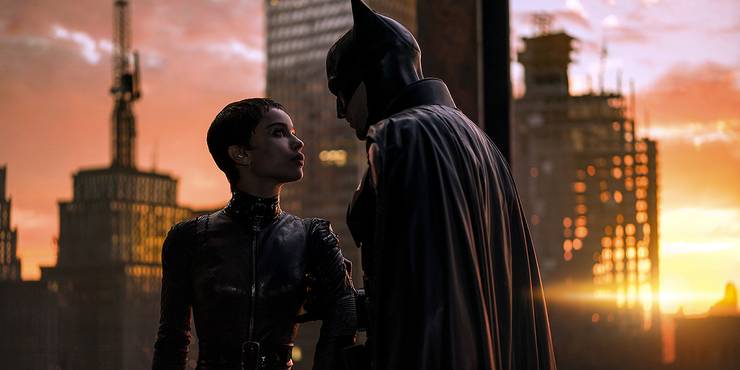
Zoë Kravitz’ Catwoman is a major character in The Batman, and the reasons for her connection to the events of the plot is a mystery for much of the film. Both versions of Selina Kyle aid Batman, though their motivations for doing so remain unclear until the films’ final acts. The ultimate reveal that she is the daughter of Carmine Falcone marks another connection to The Long Halloween. While the novel doesn’t address this plot point (it is eventually revealed in the sequel, Batman: Dark Victory), the movie version of The Long Halloween outright states that Selina Kyle is the daughter of Falcone, cementing it as a major influence on The Batman. The Falcone of The Batman is also said to have been saved by Thomas Wayne after he was shot. Falcone reminds Bruce that his father operated on him in Wayne Manor while a young Bruce watched. This is a direct reference to The Long Halloween, which shows this event and also suggests that Thomas is tied up with the mob, a plot point that is further fleshed out in The Batman.
Falcone also spends much of the film without the knowledge of his paternity and the iconic three scratches across his face. The final act of The Batman sees Selina try to kill Falcone for killing her friend, Annika. Selina tells Carmine that he’s her father and scratches him across the face, giving him a comic accurate look very reminiscent of his appearance in The Long Halloween. Additionally, Falcone is killed similarly in both The Long Halloween and The Batman, being shot by Riddler in the movie and by Two-Face in the comic book and its animated adaptation.
Halloween, The Riddler, and Batman’s villains in The Long Halloween

The structure of The Batman and The Long Halloween are also remarkably similar. Both films take place on Halloween night, a move that is clearly a wink towards the comic book by Reeves. Holidays are a major part of the comic’s narrative, as the Holiday Killer begins their reign of terror on Halloween, striking on each major holiday until the next Halloween. Though The Batman makes no reference to holidays after its opening, the way the Riddler is used is also very similar to the Holiday Killer (though ironically different to how the Riddler himself is used in the comic book). The Riddler of The Batman takes a stand against corruption to expose how far gone Gotham is. Though the Holiday Killer is revealed to be committing the murders for personal reasons, both take down high-ranking criminals one at a time, leaving a mystery for Gordon and Batman to solve.
The final reference to The Long Halloween in The Batman is the thematic suggestion that Batman is contributing to the birth of his own supervillains. Many of the gangsters Bruce interacts with comment that the appearance of villains like the Penguin and the Scarecrow coincides with Batman’s emergence in Gotham, suggesting he is responsible for their creation. Similarly, The Batman concludes with Batman meeting Riddler, who idolizes him. Riddler claims that they’re a partnership with the same goals: a proposition that disturbs Bruce, who aggressively rejects the villain, hinting at the comic book’s disturbing theme. Though The Batman is far from a direct adaptation of Batman: The Long Halloween, the two contain many tonal and narrative similarities, as well as character motivations. While The Dark Knight is also inspired by the book, The Batman is the closest thing to a live-action remake of Batman: The Long Halloween to be produced by DC and Warner Bros.
- DC League of Super-Pets (2022)Release date: Jul 29, 2022
- Black Adam (2022)Release date: Oct 21, 2022
- The Flash (2023)Release date: Jun 23, 2023
- Aquaman and the Lost Kingdom (2023)Release date: Mar 17, 2023
- Shazam! Fury of the Gods (2022)Release date: Dec 16, 2022
- Blue Beetle (2023)Release date: Aug 18, 2023
About The Author












